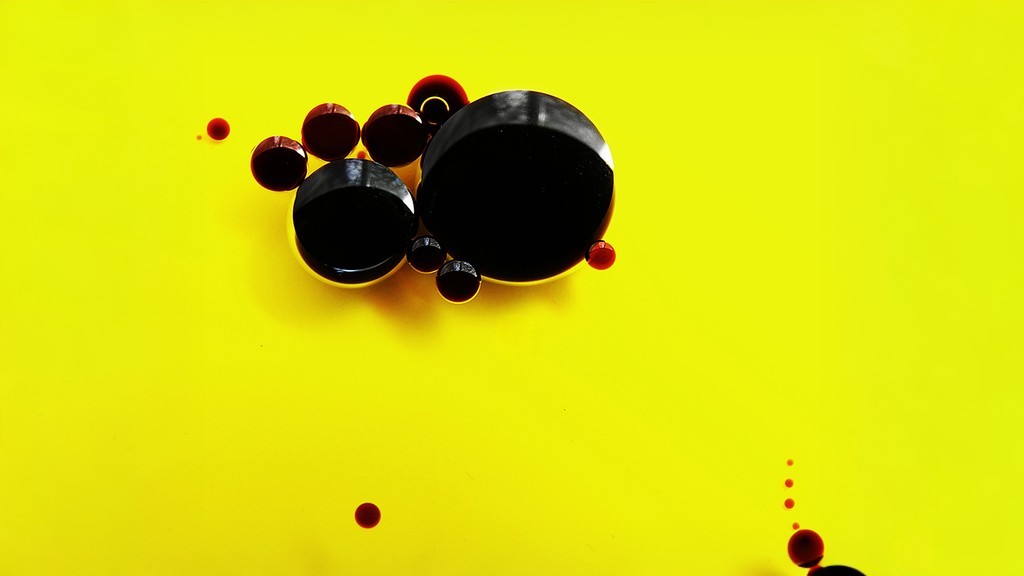Balsamic vinegar, according to a recent poll, is now considered an essential store cupboard ingredient by a quarter of all Brits. I detest it. This dark, syrupy fermented grape juice is like Marmite – you love it or hate it. Partly because it is overused, and also the numerous versions produced, I find myself flinching when I see it on a kitchen or dining room table.
The Italians still behave, at least on the culinary front, as though they are a series of different countries
When I first started travelling to Italy in the 1980s, I was given invaluable lessons in food crime: one, never, ever, under any circumstances, order a cappuccino after 10 a.m., two, do not ask for parmesan on seafood pasta, and three, unless you are in the region of Emilia-Romagna in northern Italy, do not ask for balsamic vinegar to dress your salad.
The Italians still behave, at least on the culinary front, as though they are a series of different countries, with each region having rules and regulations about what you can eat and drink with what, and when. It used to be that you would never see balsamic in Florence, Naples, or Rome, which was a godsend. But these days, not only are you force-fed it across the entire Mediterranean, but it’s also now available from Scunthorpe to Southend. In the UK, it can be found in pretty much every single restaurant except Asian, although doubtless it will end up being a soy sauce substitute before long.
But why do you care, I hear you asking. Just don’t put it on your food! If only it were that simple. Restaurants now use it like a condiment, without your consent. A plate of something otherwise delicious, such as some roast belly pork or a piece of poached chicken, will come with a swirl of the horrible stuff, rendering it inedible.
If it’s the Real McCoy, balsamic is pretty expensive. It is described by aficionados as like aged wine, and the cost can be as close to a very good bottle of Barolo. But whether the cheap variety on our supermarket shelves, or the pricey stuff from the deli, it is an abomination.
I will never forget going out for a full English breakfast in Margate, expecting a blinder of a fry-up to ease my hangover. When it arrived, not only was it garnished with edible flowers, but there was also a thick ‘balsamic glaze’ (the latest variation, following the balsamic spray) over my crispy bacon. Whenever I’m in an Italian restaurant, I always ask them to replace it with a regular wine vinegar to dress my salad. The waiters look at me as if I’m absolutely bonkers. It’s one of those things that everybody is supposed to love. One summer’s day, I was eying up the delicious-looking Eton Mess a waitress was assembling, until she drizzled a load of the gunk over the gleaming, white meringue and cream. I left it.
Balsamic is ruining some of my favourite foods. I’ve seen it on the table among the cheese and crackers and consider it sacrilege when a mound of soft, gleaming-white burrata is defiled by it. It’s been a decade now since it became the star of the condiment show. I hoped it would lose its popularity, in the way that chefs decorating everything that left the pass with a slice of Kiwi fruit did in the 1980s.
I can ignore the little bowls of olive oil infested with the black stuff by the breadbasket and even the odd drizzle on my strawberries if I have to, but there is one thing I am never going to stand for. There is a craze for putting balsamic in cocktails. Yes, you read that right. If ever anyone ever puts a drop of the devil’s spawn anywhere near my Negroni, I swear I will serve time. I doubt prison food would be enhanced with a splash of balsamic.






Comments